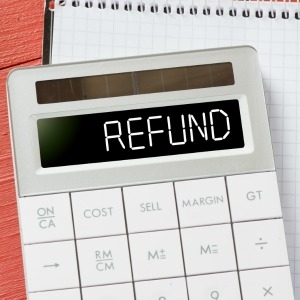The advice provided on this newsletter and the links to the websites is general advice only. It has been prepared without taking into account your objectives, financial situation or needs. Before acting on this advice you should consider the appropriateness of the advice, having regard to your own objectives, financial situation and needs. If any products are detailed on this website, you should obtain a Product Disclosure Statement relating to the products and consider its contents before making any decisions.
Deed Dot Com Dot Au Pty Ltd disclaim all and any guarantees, undertakings and warranties, expressed or implied, and shall not be liable for any loss or damage whatsoever (including human or computer error, negligent or otherwise, or incidental or consequential loss or damage) arising out of or in connection with any use or reliance on the information or advice on this newsletter. The reader must accept sole responsibility associated with the use of the material on this newsletter, irrespective of the purpose for which such use or results are applied. The information on www.trustdeed.com.au is no substitute for financial advice.



 Second to the family home, superannuation is perhaps the next biggest asset
Second to the family home, superannuation is perhaps the next biggest asset  Death is the only known compulsory cashing event in super. SIS Sub regulation 6.21(1) provides that ‘… a member’s benefits in a regulated superannuation fund must be cashed as soon as practicable after the member dies. ‘The regulation does not define any prescribed time in which a death benefit must be paid. All that is required is that the payment must be made as soon as practicable after death.
Death is the only known compulsory cashing event in super. SIS Sub regulation 6.21(1) provides that ‘… a member’s benefits in a regulated superannuation fund must be cashed as soon as practicable after the member dies. ‘The regulation does not define any prescribed time in which a death benefit must be paid. All that is required is that the payment must be made as soon as practicable after death. Regulation 6.22 of SISR 1994 provides that a payment from a superannuation fund in consequence of the death of a member can be paid either:
Regulation 6.22 of SISR 1994 provides that a payment from a superannuation fund in consequence of the death of a member can be paid either: Lump Sum can be paid to dependents-spouse, child on any age, inter-dependent relationships and financial dependents or to the estate.
Lump Sum can be paid to dependents-spouse, child on any age, inter-dependent relationships and financial dependents or to the estate.  For superannuation income streams (pensions), the taxation implications depend on the age of the recipient (either original deceased super interest holder or dependent) Section 302-65 ITAA 1997 states:
For superannuation income streams (pensions), the taxation implications depend on the age of the recipient (either original deceased super interest holder or dependent) Section 302-65 ITAA 1997 states: For example, when the spouse receives a death benefit pension, they can only elect to convert the income stream to an death benefit lump sum within the prescribed period. Generally, the prescribed period is the latter of:
For example, when the spouse receives a death benefit pension, they can only elect to convert the income stream to an death benefit lump sum within the prescribed period. Generally, the prescribed period is the latter of:
 In 2016 budget the treasurer Scott Morrison announced that provisions will be made in superannuation law where maximum lifetime limits will be placed on individuals to limit how much they can contribute to super after tax (non-concessional) in a lifetime.
In 2016 budget the treasurer Scott Morrison announced that provisions will be made in superannuation law where maximum lifetime limits will be placed on individuals to limit how much they can contribute to super after tax (non-concessional) in a lifetime. One of the very common strategies implemented by advisors before the budget was to withdraw a higher pension and re-contribute maximum back as non-concessional contribution.
One of the very common strategies implemented by advisors before the budget was to withdraw a higher pension and re-contribute maximum back as non-concessional contribution.  The fund details will be as follows :
The fund details will be as follows :.png)
.jpg) Between 11 am and 3 PM - Lunch Provided
Between 11 am and 3 PM - Lunch Provided